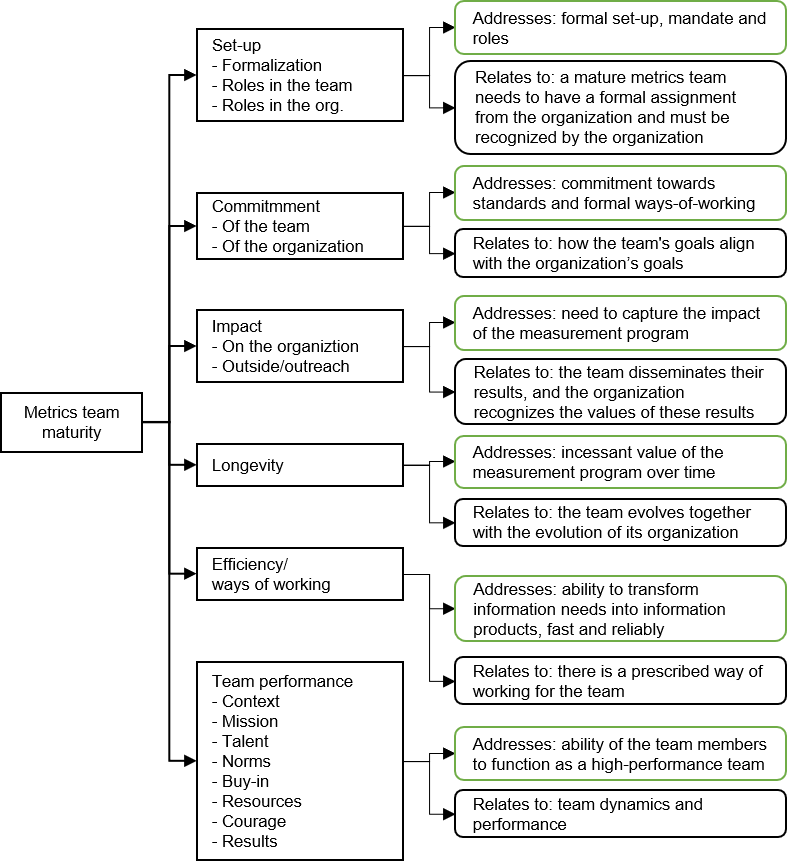As my summer goes on, I’ve decided to take a look at the book of one of my favorite authors and scientists – Prof. Stephen Hawking. I’ve loved his books when I was younger and I like the way he could bring difficult theories to the masses, like his famous “gray holes” as opposed to the black ones.
This book allowed me to reflect on some of the most common questions that people ask, even to me. Like whether AI will take over or whether we should even invest in AI. Since I’m not a physicist, I cannot answer most of the questions, but I think the AI question is something that I can even attempt.
So, will AI take over? Is GPT-3 something to worry about? Will we be out of work as programmers? Well, not really. I think that we live in a world that is very diverse and that we need human judgement to make sure that we can live on. Take the recent cyber attack on Kaseya, which is a US-based company with thousands of clients. The attack affected a minority of their clients, some 40 or so (if I remember the article correctly). However, it make the entire COOP chain in Sweden stranded. Food was given away for free as there was no way to take payments. Other grocery shops bought the grocery stock from the affected chain, to make sure people have enough food. So, what would AI do?
Let’s think statistically for a moment. 40 customers, out of ca. 40,000, is about 0.1 percent. So, ignoring this event would just make 99.9% accuracy for AI. Is this good? Statistically, this is great! Almost perfect. For AI, therefore, this would be like a great way of optimizing. Not paying ransom, make sure that 0.1% is taken as a negligible error somewhere.
Now, let’s think about the social value. Without knowing the rest of the customers affected, or even the ones that were not affected, I could say that the value of having food on your table trumps many other kinds of value. Well, maybe not your health, but definitely something like a car or a computer game. So, the societal impact of that is large. We could model that in the AI, but there is programmatic problem. How to calculate value of diverse things – a car or food. There is the monetary value, of course, but it’s not constant in time. For someone who is hungry for days, the value of a sandwich is infinitely larger than the value of the same sandwich for someone who has just eaten a delicious stake. Another problem is that the value is dependent on the location (is there another grocery shop close by?), your stock (which is individual and hard to find for AI), or even the ability to use another system of payment (can I just get my groceries and pay later?)
This example shows an inherent problem in finding the right data to use for AI. I believe that this is a problem that will not really be solved. And if it cannot be solved, I think I would like to pay a few cents extra to have a human in the loop. I would liked to know that there is an option, in the event if a hacker attack, to talk to a person who understands my needs and can help me. Give me food without paying, knowing where I live and that I will pay later.
Until there are models which understand us, humans, we need to be able to stick to having humans in the loop. Given that there are ca. 6 billion people in the world, potentially different, with conflicting needs, I do not things AI will be able to help us in critical parts of the society.






